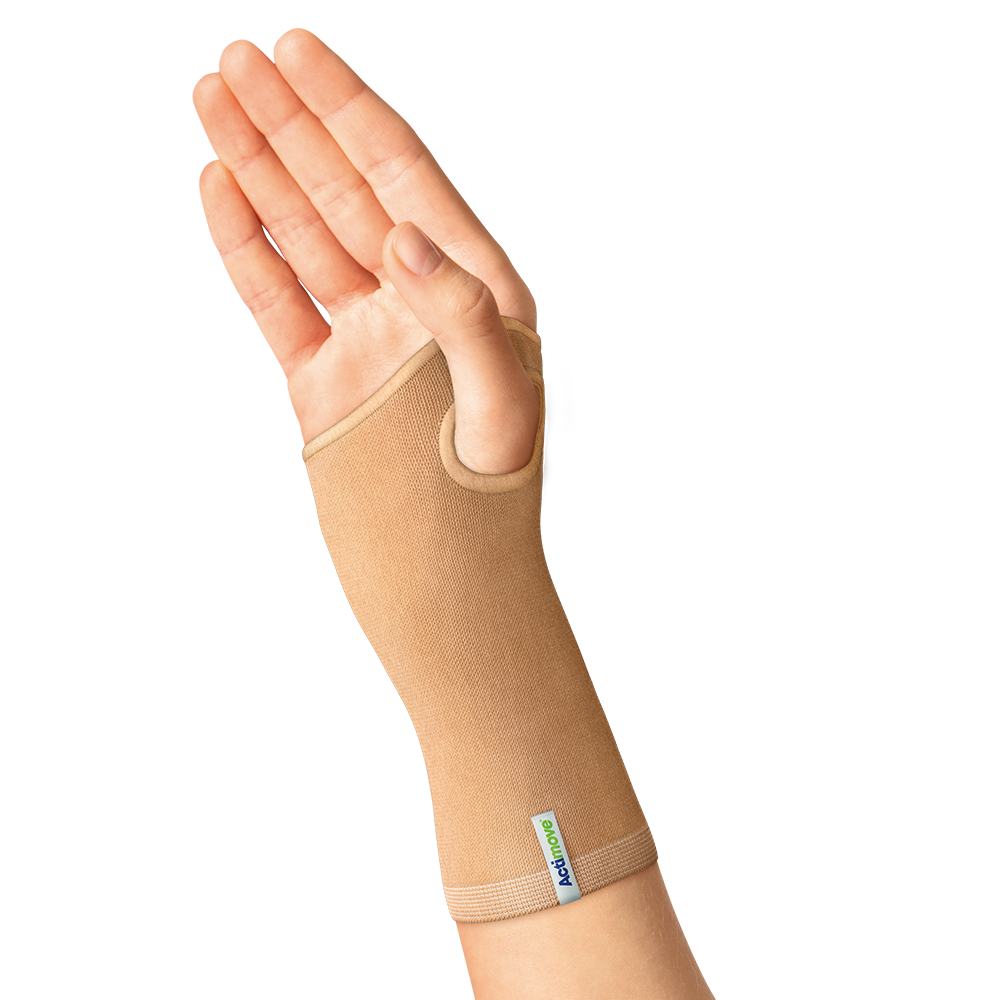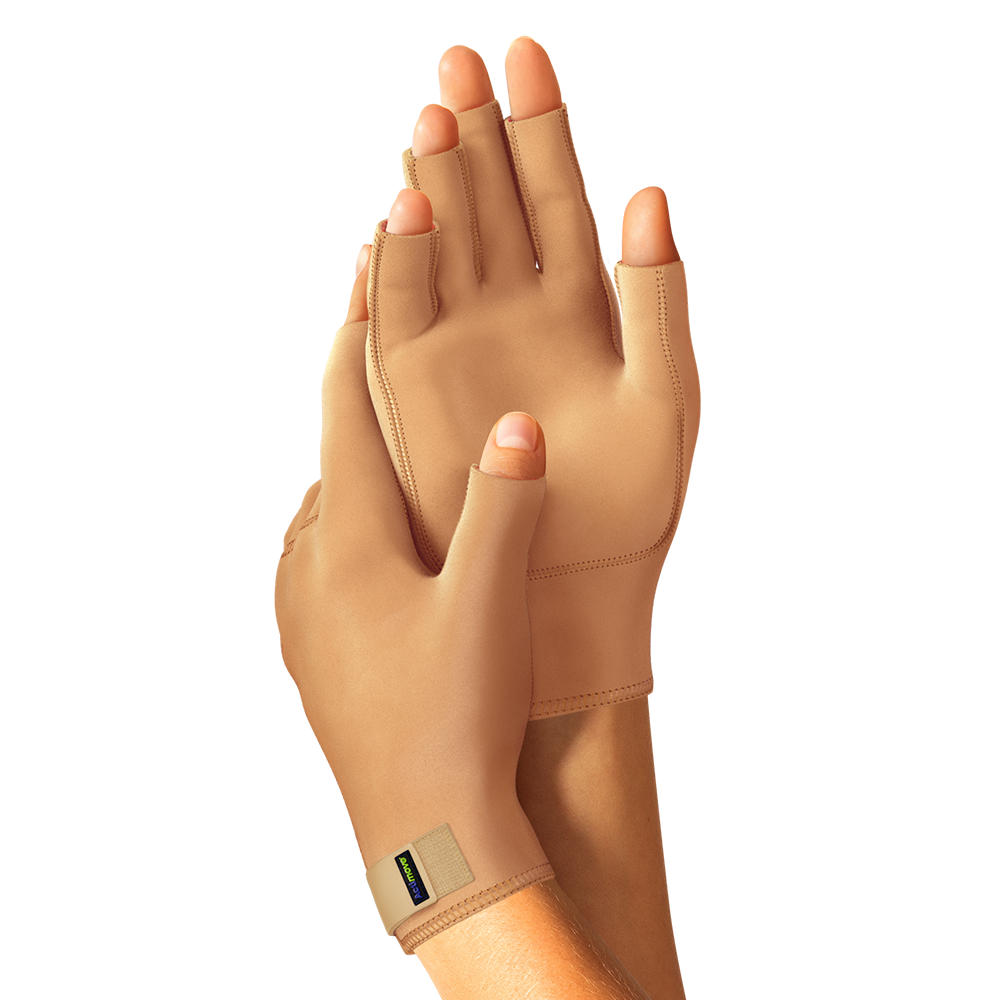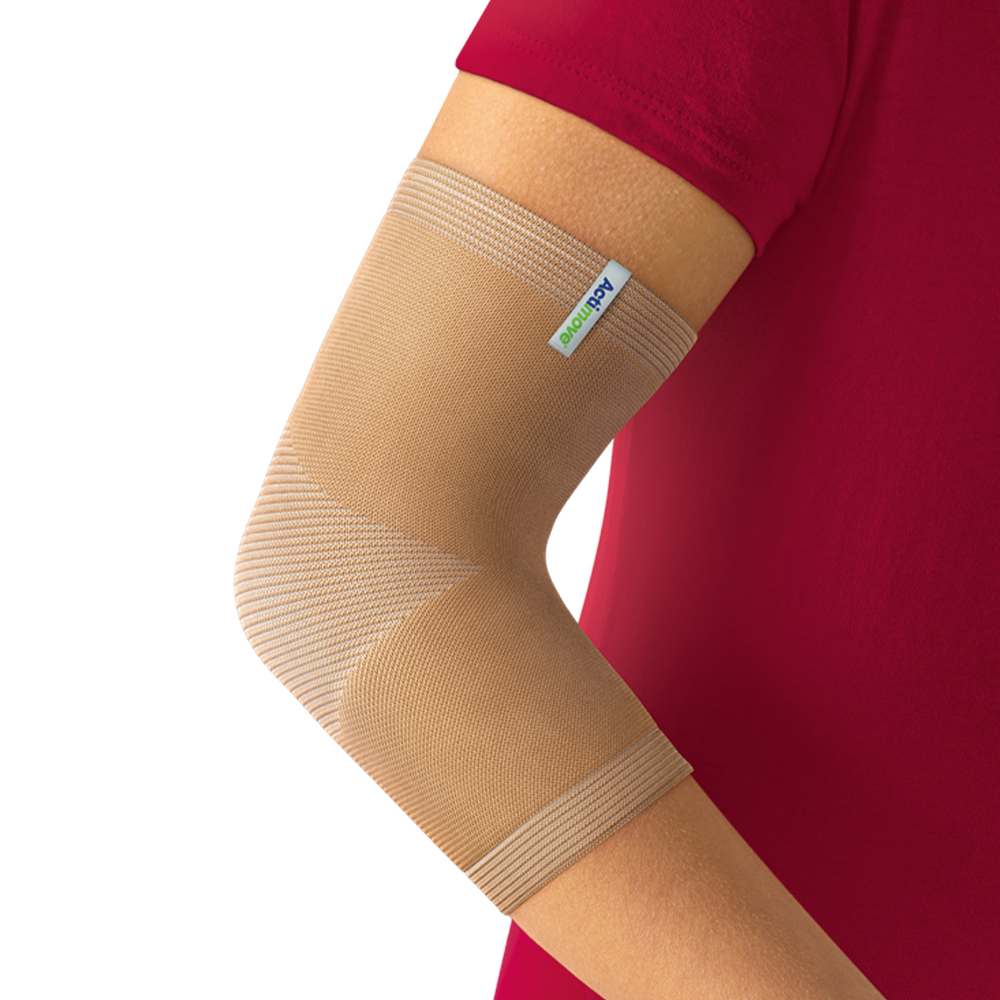Having a joint affected by arthritis can get in the way of leading an active lifestyle. Devices, such as braces and supports, can be useful for people with the disease. From carrying out daily tasks to participating in physical activities, braces and supports provide external stability, compression, and warmth to the affected joint. This can help to alleviate pain and discomfort, reduce inflammation, and improve mobility.
Braces and supports can assist in different ways, depending on the technical construction and the material composition. For example, knee braces worn around an arthritic knee joint provide stabilisation and allow for movement in a more controlled manner. They can shift the weight exerted on the joint and surrounding tissues, reducing pressure in the affected area. This, in turn, can decrease inflammation and pain which makes standing and walking easier for people living with the condition.
For joints affected by osteoarthritis, instructed exercise can be one way to manage symptoms of stiffness and pain. Wearing a support during exercise therapy can provide relief to the affected joint, as well as help to prevent injury.
Supports may provide specific benefits for those living with arthritis:
Better stability:
Braces and supports can help shift weight away from the damaged area of your joint, thus helping to reduce pain and discomfort.
Reduced swelling:
Several braces and supports provide warmth and compression, which can help to reduce swelling and contribute to pain relief.
Reduced pressure:
Braces and supports that have a cut-out area can help to reduce pressure and relieve discomfort while supporting the surrounding areas.









